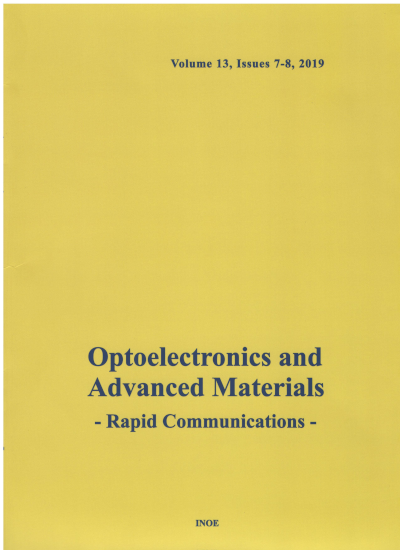Abstract
This article introduces an innovative non-invasive method for health status monitoring of industrial LED lighting systems,
addressing the need for reliable and efficient maintenance solutions. A combined approach utilizing a U-Net Convolutional
Neural Network and a Luminance Flux Computing Model (LFCM) to identify faults in individual LEDs based on computed
luminance flux values is proposed. The preprocessing unit designed in this article achieves a Peak Signal-to-Noise Ratio
(PSNR) of 40.96 and precise segmentation of LED components using U-Net, achieving an accuracy of 95% and an
Intersection over Union (IoU) of 90%. The proposed system effectively estimates the depreciation rate of each LED in a
LED panel, providing critical insights into their health and operational efficiency. Performance evaluations reveal the
effectiveness of the system and the results are compared with other deep learning techniques such as Fully Convolutional
Networks (FCN), Mask R-CNN, SegNet, DeepLabv3+ and PSPNet, highlighting its potential for enhancing the longevity and
reliability of industrial LED systems.
Keywords
LED health status, Non-invasive method, U-Net, Luminance Flux Computing Model, Thermal imaging, Depreciation rate.
Citation
M. S. KALYANA SUNDARAM, J. GNANAVADIVEL, K. S. KRISHNA VENI, LED condition monitoring system using U-Net and Luminance Flux Computing Model based on IR thermal images, Optoelectronics and Advanced Materials - Rapid Communications, 19, 3-4, March-April 2025, pp.179-188 (2025).
Submitted at: Oct. 14, 2024
Accepted at: April 3, 2025
